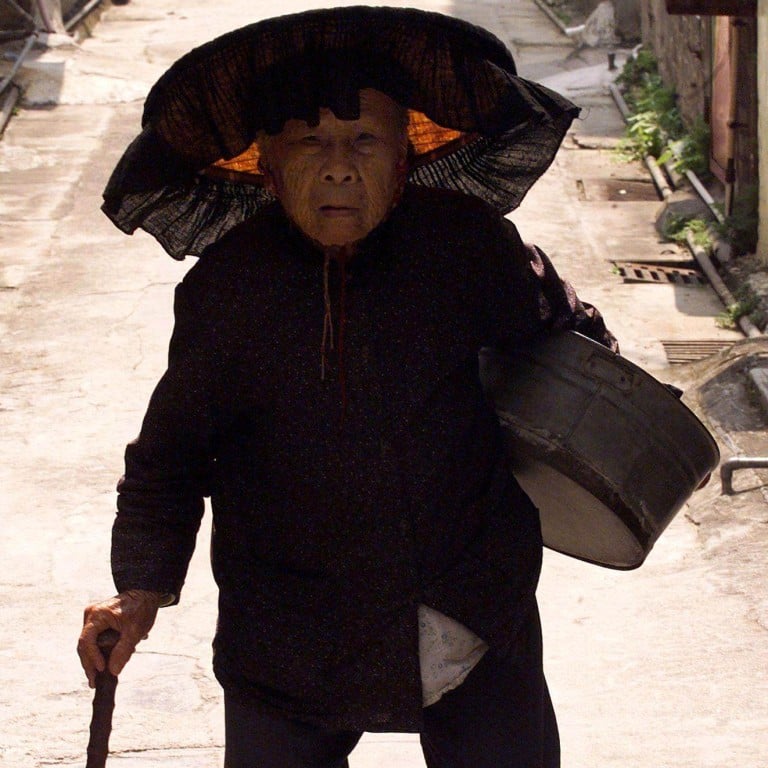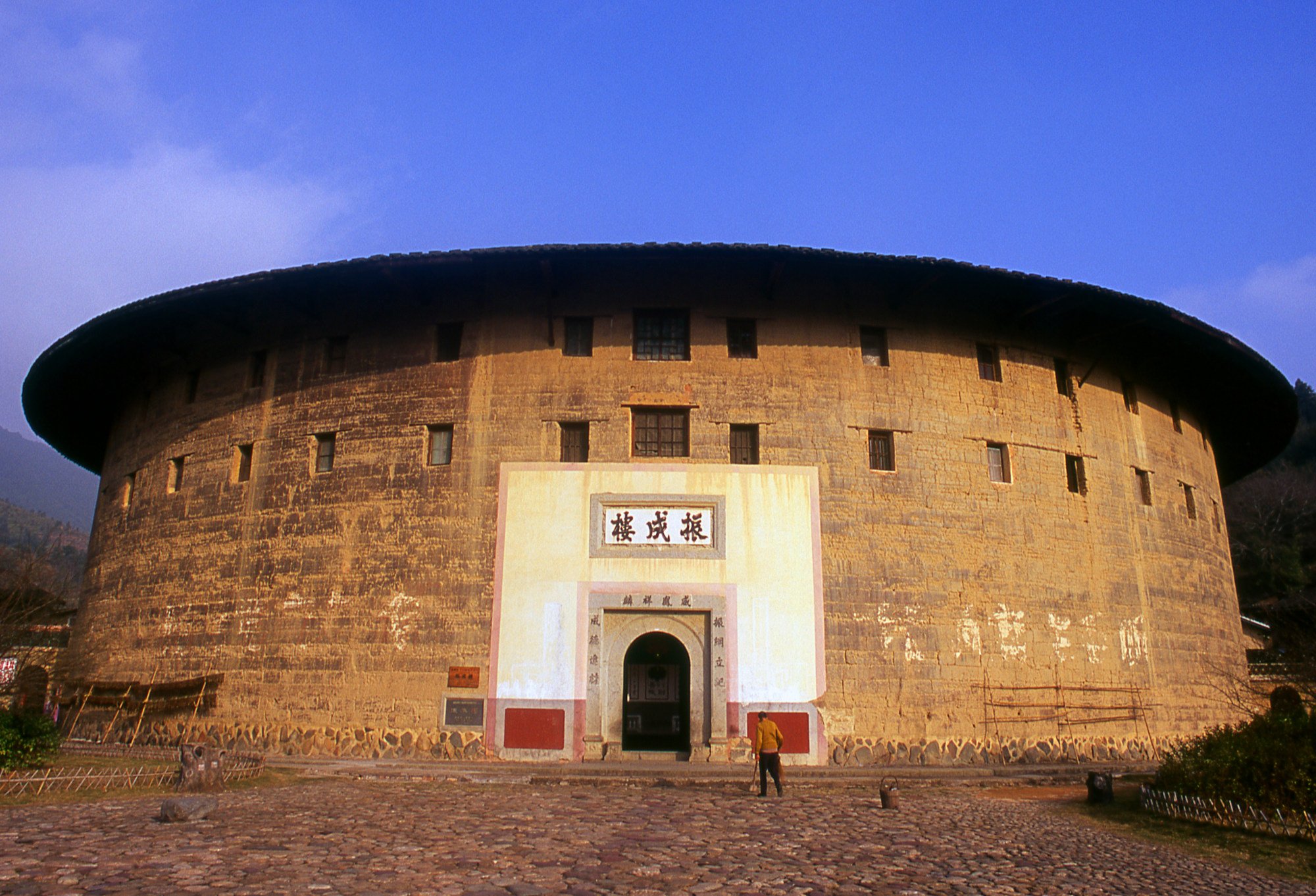
The Hakka, Chinese refugees from war and intolerance who kept fleeing south, as far as Hong Kong, and even overseas
- Millions of refugees around the world today live uncertain lives, driven from their homes by war, violence, persecution and other life-threatening situations
- For centuries Hakka Chinese experienced similar uncertainty, until they put down permanent roots in southern China, including Hong Kong, and overseas
Last month I watched a play, And Then Came Spring, which explored female oppression in present-day Afghanistan and the plight of refugees. The thought-provoking play was written and directed by Saleh Sepas, an Afghan playwright who is an actual refugee, as were the actors in the production, who had fled from Afghanistan, Myanmar, Palestine and Syria.
It is estimated that there are a staggering 24.5 million displaced persons in the world today, who cannot return to their places of origin due to war, violence, persecution and other situations that threaten their lives and safety.
Besides the economic and physical hardships, refugees also endure the mental distress of an uncertain, transitory existence in which any thoughts for the future extend only to the next day, if that.

The ethnonym Hakka literally means “guest people”, reflecting their historical status as aliens and outliers in the locations where they settled.
Traditionally, the Hakkas speak of five migratory waves that had shaped their identity as a distinctive group with their own unique culture and spoken tongue, which contains many archaic features of the language spoken in the Chinese cultural heartland in the Yellow River valley.
The first wave occurred in the 4th century, following the collapse of the 400-year Han dynasty and the fall of its short-lived successor the Western Jin dynasty. Non-Han Chinese peoples living in China took advantage of the chaos to create mayhem in the areas north of the Yangtze River.

The incessant wars and horrific violence – there were genocidal exterminations of Han Chinese populations – saw millions of refugees crossing the Yangtze to the more peaceful south.
The late 9th century saw the great Tang empire teetering on the verge of disintegration. A devastating armed rebellion led by Wang Xianzhi and Huang Chao laid most of northern and central China to waste, creating the second massive wave of refugees who fled even further south into present-day Jiangxi, Fujian and Guangdong in the southeast corner of China.
The third great movement of refugees came 250 years later when the north of the Yangtze was once again occupied by non-Han Chinese, this time the Jurchens.

The remaining members of Song dynasty’s imperial family fled south to establish the Southern Song dynasty in 1127. Many refugees settled in eastern Guangdong, especially Meizhou and Huizhou, which remain the meccas of Hakka culture today.
In southern China, they were registered as “guest households”, as opposed to indigenous households, and it was during this time that Hakka culture began to take a recognisable form.
The fourth migratory wave occurred in the early years of the Qing dynasty (1644–1912) when the central government, to ease population pressures in one region and augment the population of another, moved hundreds of thousands of people, many of them Hakkas, from southeast China to Sichuan in the southwest.
The final fifth wave was the direct result of armed conflicts in 19th-century Guangdong between the Hakka “guest people” and indigenous groups who resented the former’s encroachment into their living space.
Today, the total number of people who identify as Hakka is estimated to be around 100 million worldwide. They are no longer refugees, nor are they considered “guests” by other Chinese communities.

